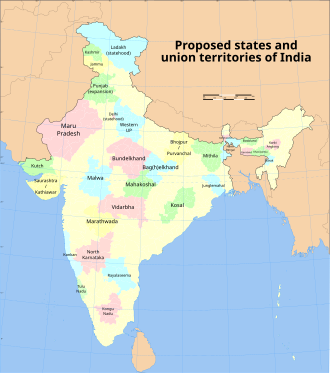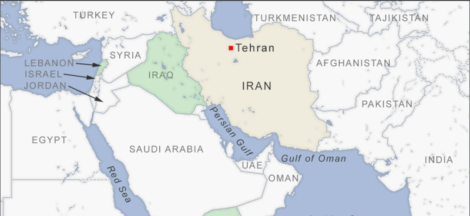Language politics in India is once again at the forefront of national debate, with Tamil Nadu reigniting tensions that have long simmered beneath the surface. The state’s political landscape continues to be shaped by its strong stance on preserving Tamil as the dominant language, a sentiment that has resonated with its leaders and residents for decades. This has sparked a larger conversation about linguistic identity, autonomy, and the role of regional languages in India’s cultural fabric.
While Tamil Nadu remains the epicentre of this language row, neighbouring states like Karnataka and Telangana are also drawing attention to their own linguistic struggles. Both states are seeking to assert their regional identity while navigating the complex political and cultural implications of language policies that reflect their distinct histories and aspirations.
The debate in Tamil Nadu has intensified over the past months, as local leaders reaffirm their commitment to promoting Tamil over Hindi. Tamil Nadu’s Chief Minister, M. K. Stalin, has been vocal about opposing any attempts to impose Hindi as a compulsory language, particularly in government and educational sectors. This opposition stems from the historic anti-Hindi agitations that began in the 1930s and reached their peak in the 1960s, when the state almost rebelled against the then-central government’s push for Hindi to be adopted as the official language. The deep-rooted sentiment is now playing out in the modern political discourse, as Tamil Nadu’s leaders assert the right to preserve their linguistic and cultural heritage.
The state has rallied behind a narrative that promotes Tamil as not just a language but a key marker of its identity and history. The tension reached new heights when the central government, led by the Bharatiya Janata Party , initiated efforts to boost Hindi’s use across India. Critics in Tamil Nadu argue that this initiative undermines the state’s sovereignty and disregards the linguistic diversity of the country.
Prime Minister Narendra Modi’s statements on language have added fuel to the fire. Modi has repeatedly emphasised that the BJP views every Indian language as a reflection of the country’s rich culture, suggesting that Hindi should not be seen as a threat to other languages but as an important part of the national mosaic. However, for many in Tamil Nadu, Modi’s reassurances are insufficient. They view these pronouncements as a top-down attempt to marginalise regional languages, which, in their view, has a long history of being sidelined in favour of Hindi.
Karnataka and Telangana, while not as vocal as Tamil Nadu, have also shown their commitment to safeguarding their own regional languages. In Karnataka, Kannada has long been at the centre of the state’s political narrative. The state has been embroiled in controversies related to language over the years, with activists calling for stronger protection for Kannada in education, administration, and business. The recent uptick in pro-Kannada movements echoes similar concerns raised in Tamil Nadu, albeit with a focus on local governance and the preservation of the Kannada language in daily life.
Similarly, in Telangana, the use of Telugu has become a point of contention, with local leaders pushing for the language to be given prominence in all spheres of public life. Telangana’s movement for linguistic pride is distinct but resonates with the broader idea of asserting regional autonomy through the defence of native languages. The state’s government, led by K. Chandrashekar Rao, has worked to promote Telugu in education and administration, continuing the trend of linguistic revival that has been seen across many parts of the country.
At the heart of the debate is a larger issue: the concept of national unity through linguistic uniformity versus the recognition and protection of linguistic diversity. India’s constitution recognises 22 official languages, and there are more than 1,600 languages spoken across the country. The policy of multilingualism is enshrined in India’s identity, but this inclusive approach has been challenged by the rise of political forces that see the dominance of one language as a threat to the unity of the nation.
The central government’s stance on this issue is a delicate balancing act. On one hand, there is a push for a common language to facilitate national cohesion and ease of communication across India. On the other hand, there is an urgent need to respect regional languages, many of which are not just tools of communication but are intertwined with local culture, heritage, and identity. For many Indians, language is more than just a means of communication; it is a fundamental part of their cultural and emotional connection to their homeland.
In this charged environment, political leaders across India have been cautious in how they approach the issue of language. While some, particularly from the BJP, advocate for the promotion of Hindi as a unifying force, others, especially from southern and eastern states, argue for a more decentralised approach that respects linguistic diversity. The debate has become a litmus test for regional autonomy and political allegiance, with leaders from Tamil Nadu, Karnataka, and Telangana asserting their right to protect their linguistic heritage.



 India Labels Pakistan a ‘Failed State’ at UNHRC Session
India Labels Pakistan a ‘Failed State’ at UNHRC Session 